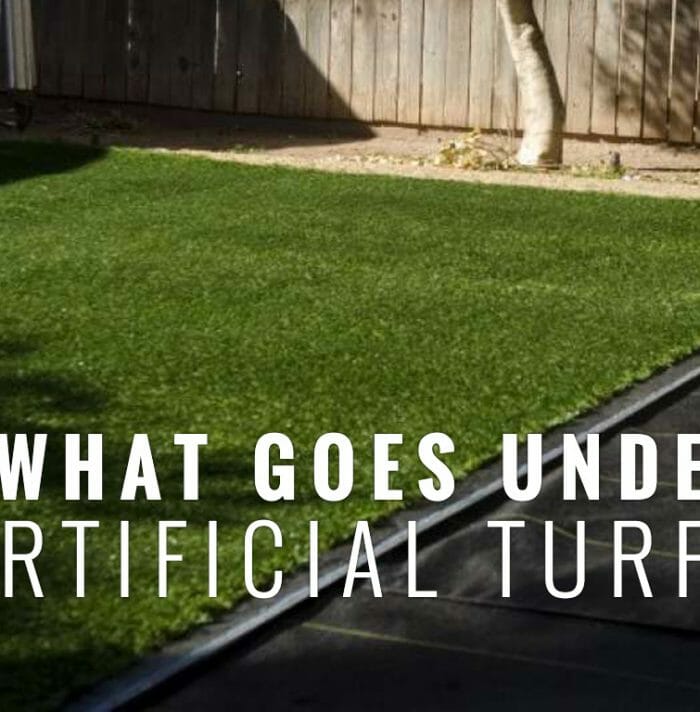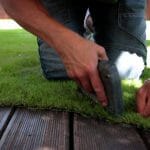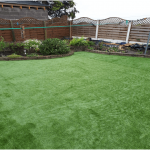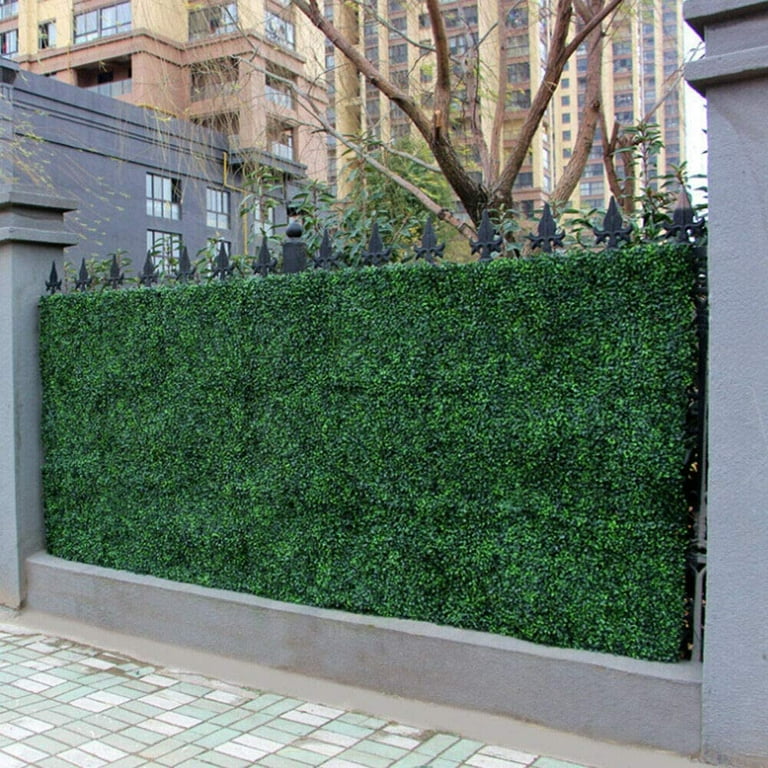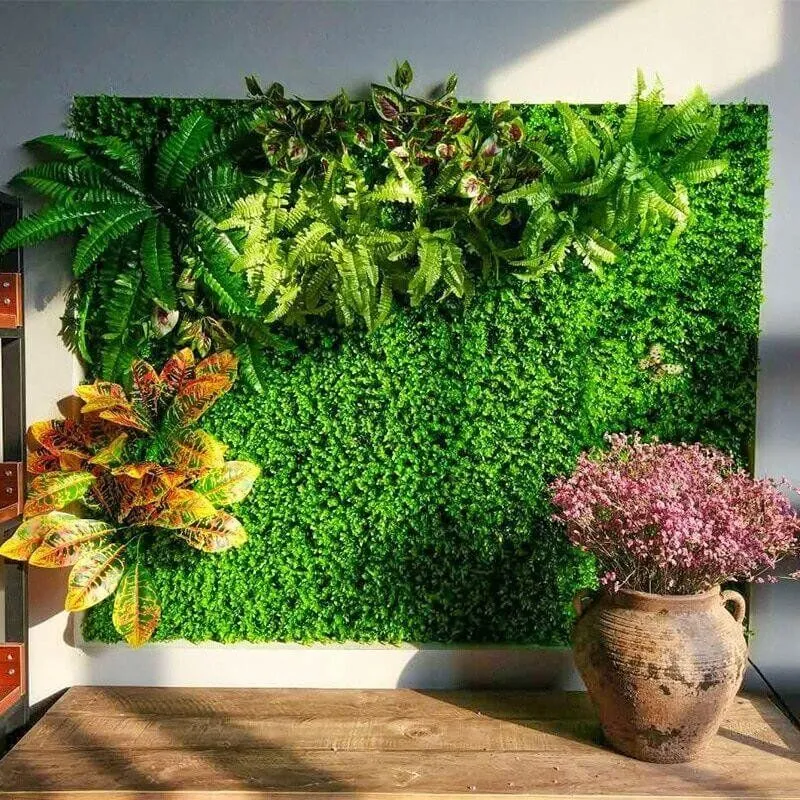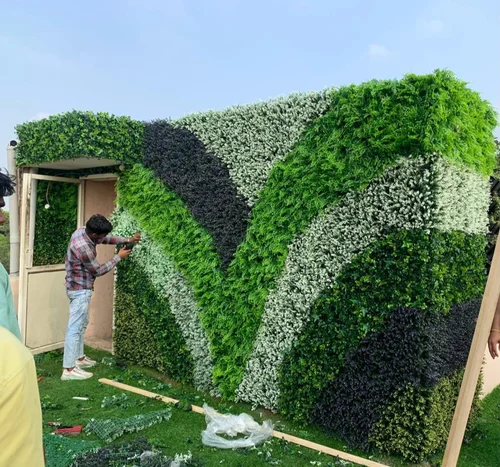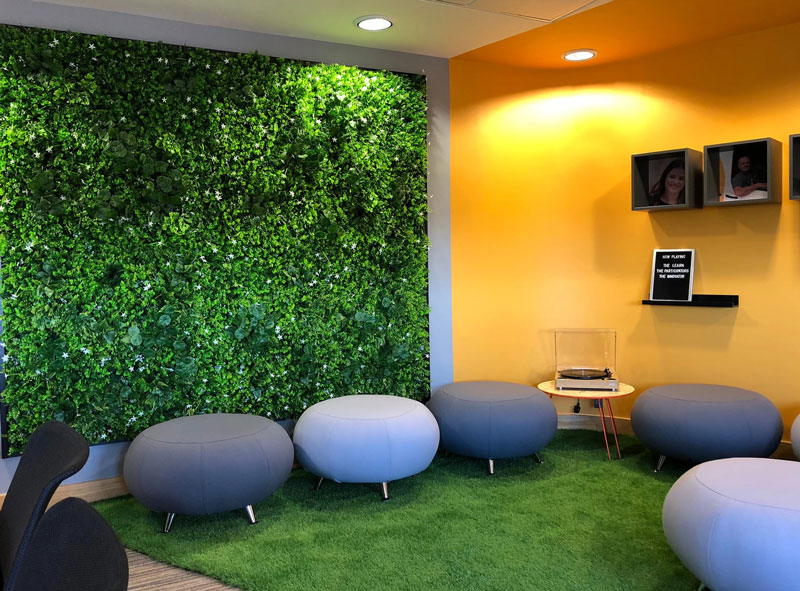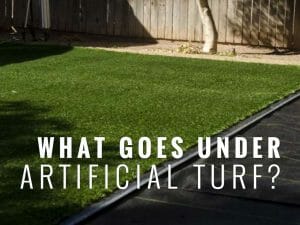
Artificial grass is a great way to add a touch of green to your property without all the hassle of maintaining a real lawn. However, before you install artificial grass, it is important to prepare the base properly. This will help to ensure that your artificial grass looks its best and lasts for many years to come.
So, what do you put under artificial grass? The answer depends on a number of factors, including the type of artificial grass you are using, the climate you live in, and the intended use of the area. However, there are some general guidelines that you can follow.
Base layer
The base layer is the foundation of your artificial grass installation. It is important to choose a base material that is stable, well-draining, and weed-free. Some common base materials include:
- Crushed gravel
- Decomposed granite
- Class II road base
- Concrete
Weed barrier
A weed barrier is a thin layer of material that is placed between the base layer and the artificial grass. It helps to prevent weeds from growing through the artificial grass. Some common weed barrier materials include:
- Geotextile fabric
- Landscape fabric
- Weed mat
Infill
Infill is a material that is placed between the blades of artificial grass. It helps to weigh down the grass and give it a more natural look and feel. Some common infill materials include:
- Sand
- Rubber granules
- Pea gravel
Installation
Once you have prepared the base and installed the weed barrier, you are ready to install the artificial grass. Be sure to follow the manufacturer’s instructions carefully. In general, the steps involved in installing artificial grass include:
- Rolling out the artificial grass and cutting it to size
- Securing the artificial grass to the base using nails, staples, or adhesive
- Brushing the infill into the blades of grass
Maintenance
Once your artificial grass is installed, it is important to maintain it properly in order to extend its lifespan. This includes brushing the grass regularly to remove dirt and debris, and adding infill as needed. You should also inspect the grass regularly for signs of wear and tear.
Conclusion
By following these tips, you can ensure that your artificial grass installation is successful and that your new lawn looks its best for many years to come.


